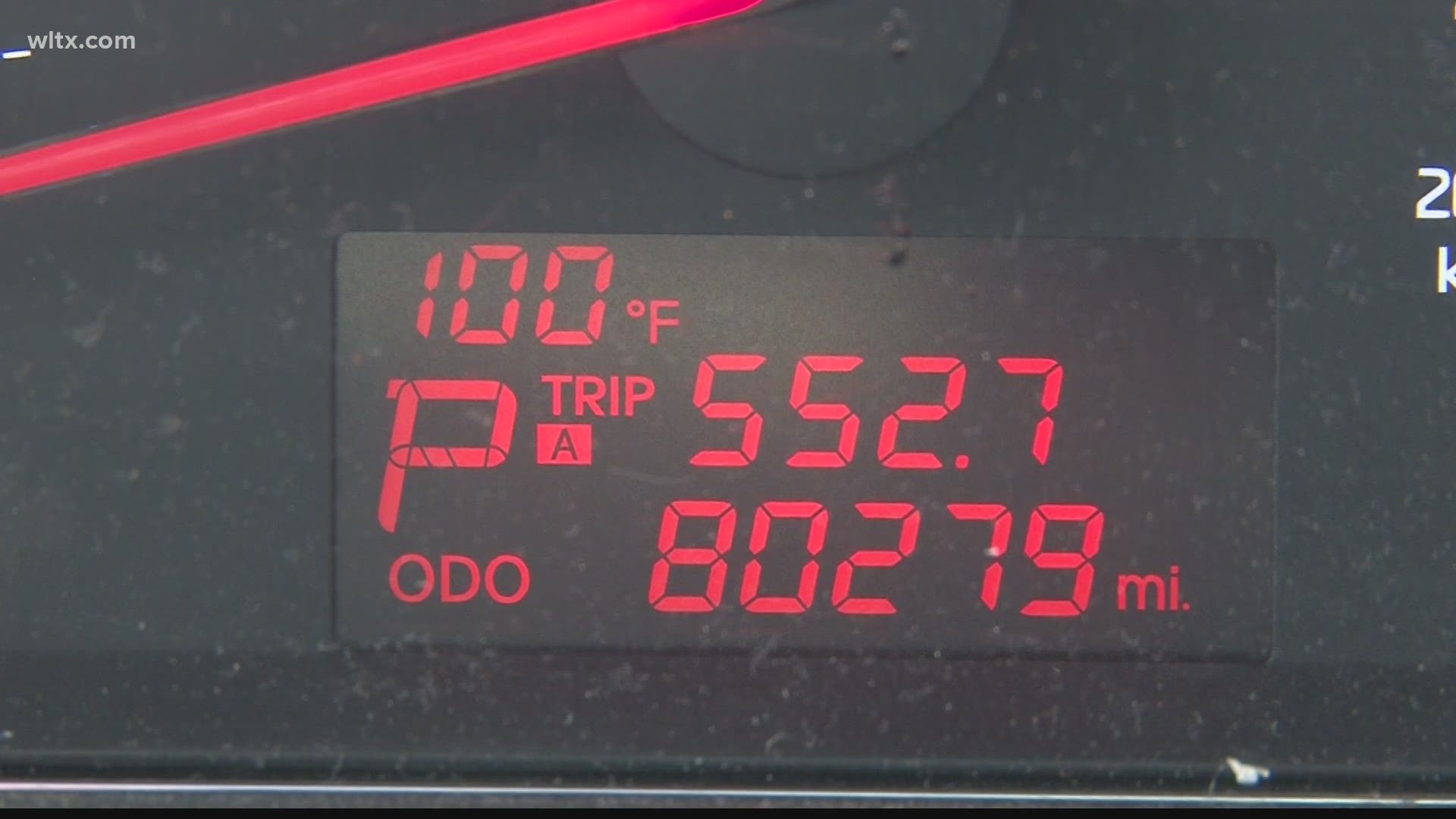COLUMBIA, S.C. — Summer is right around the corner and temperatures are getting warmer across the Midlands. This week, residents could see temperatures nearing 100 degrees.
"If you don’t need to go out in this heat, don’t go outside," said Dr. William Tillis, Pulmonary Critical Physician at Prisma Health.
Dr. Tillis said the high temperatures impacts the air quality. He also said extreme heat makes it difficult for those with lung disease to breath.
"When the temperatures raise, there is more particulate matter that builds up into the air that we breath, as well as other toxins, specifically Ozone," Dr. Tillis said. "Heat truly is the worst offender so if you have underlying lung disease. It can be very difficult to breathe with the heat, and then for all people, especially more elderly people, we're more susceptible with the heat to dehydration that can occur."
He said if you have to run errands, the best time to do it is in the mornings or late in the even when the sun has set.
"Even if you're going shopping, take it slow," Dr. Tillis said. "Don't over exert yourself."
When temperatures are high, it's also important to take care of your dogs as well.
Dr. Tracey Schlicksup is the Owner and Director of Emergency Services at C-Vet. She told News 19 dogs are like humans, they need to be conditioned to the heat.
She said shade and water are two important things your dog(s) need before going outside.
"They always have to have access to water and shade," Dr. Schlicksup said. "So, you put them outside and there is nowhere for them to go to be out of the sun, then they don't have a way to manage their environment."
Dr. Schlicksup said dogs are also capable of suffering from a heatstroke. One sign to look out for is acting less engaged, after being outside for a long period of time.
She also advises dog owners to stay away from dark pavement when walking your dog.
"If you're going to be exercising or walking them on black asphalt, you need to be doing it earlier in the day," Dr. Schlicksup said. "Their paws are resistant to some injuries but that's where we see them get paw injuries and get blisters and lifting of the paw pads, due to the heat. So we just say kind of try to avoid that at all costs in the heat of the day. Touch your hand to it if you can't touch your hand to it, then they can't touch their paws."
Dr. Schlicksup said there are some dogs that are more tolerable to the heat than others.
"So you look at kind of, all of the cold Arctic breeds," Dr. Schlicksup said. "So certain breeds that were their historical breeding is based out of colder climates so Akitas-Huskies, they're going to be less tolerant of the heat. There are a lot of them that have grown up in the heat, and can do fine but you want to be very cautious of those pets in high temperatures because they have a much thicker coat. They're not developed over time to be really heat tolerant."
She also adds, breeds with short noses are also at risk of health issues in the heat.
"When you also have breeds that have that squish face, so we call them Brachycephalic breeds," Dr. Schlicksup said. "They're basically breeds that have a shorter nose, or they rely on panting rather than breathing through their nose. More often, those breeds can't get rid of heat in the same way, and they tend to be at significant risk of life threatening complications associated with."

